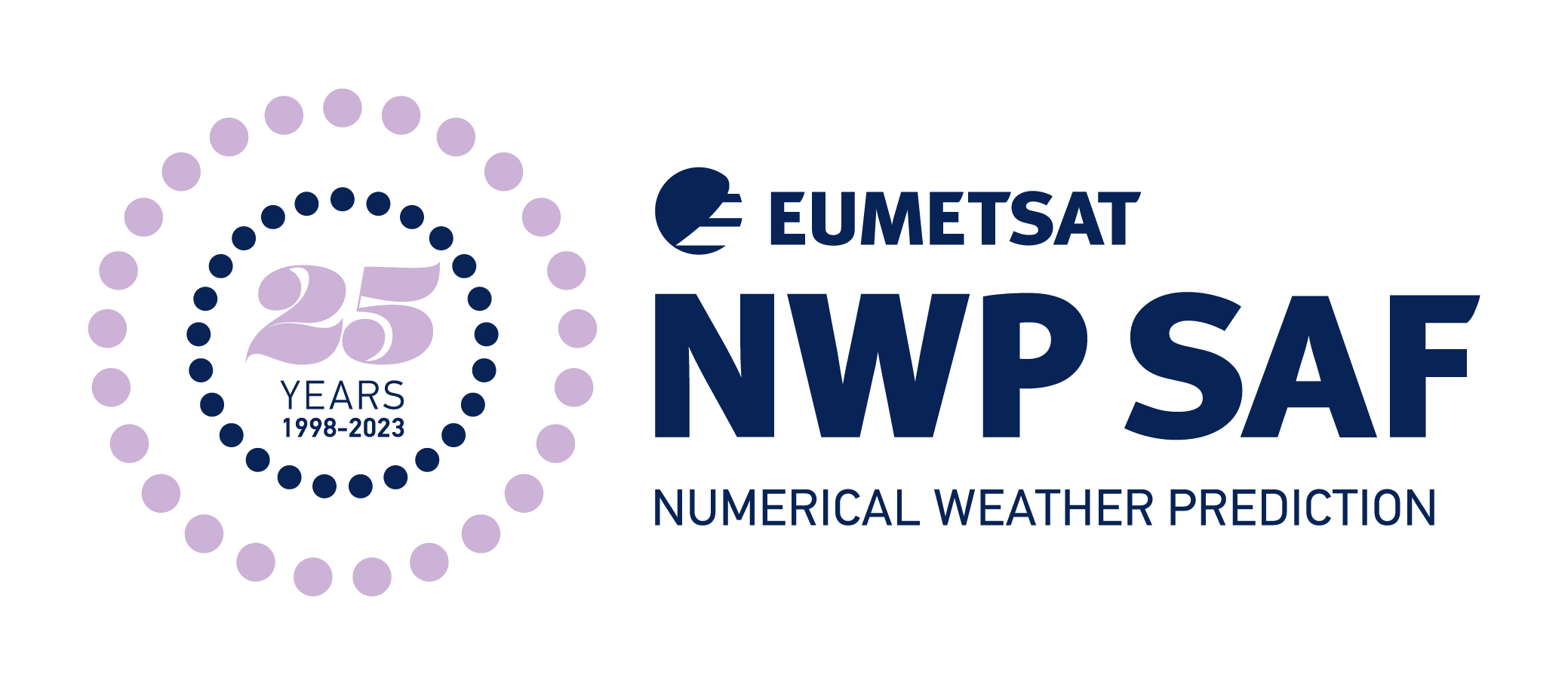Satellite Application Facility for Numerical Weather Prediction › Forums › RTTOV › Older Versions › RTTOV v13 › RTTOV v13 General Discussion › Mineral dust particles
- This topic has 1 reply, 2 voices, and was last updated 10 months, 1 week ago by
 James Hocking.
James Hocking.
-
AuthorPosts
-
February 2, 2025 at 3:52 pm #50240
 Amirhossein NikfalParticipant
Amirhossein NikfalParticipantHi,
The WRF model can simulate dust particles in five different effective diameters: 0.5, 1.4, 2.4, 4.5, and 8 micrometers. How can I determine which aerosol type, between OPAC and CAMS, is more suitable for WRF dust particles? Additionally, OPAC or CAMS constitute fewer than five dust types (CAMS: three dust bin sizes; OPAC: four types of mineral particles). How can I calculate each of them using the five different dust sizes in WRF/Chem? Is there any documentation available on this topic?
Kind regards,
Amir NikfalFebruary 3, 2025 at 8:51 am #50243 James HockingKeymaster
James HockingKeymasterHi Amir Nikfal,
It is not only the particle size, but the full size distribution and the assumed refractive indices that affect the scattering properties of aerosols, so even if you can match the nominal modes by size you will not guarantee consistency. This also requires that WRF is assuming spherical particles as OPAC and CAMS do. There is not necessarily any clear way to map the three size bins of OPAC or CAMS onto WRF’s five size bins.
The OPAC aerosol types are described in Hess et al (1998) and Matricardi (2005):
Hess, M., Kepke, P., and Schult, I., 1998: Optical Properties of Aerosols and Clouds: the software package
OPAC. Bul. Am. Met. Soc., 79, pp. 831-844.
https://cds-espri.ipsl.upmc.fr/etherTypo/fileadmin/files/GEISA/hess-etal2.pdfMatricardi, M., 2005: The inclusion of aerosols and clouds in RTIASI, the ECMWF fast radiative transfer model for the Infrared Atmospheric Sounding Interferometer. ECMWF Technical Memorandum 474.
https://www.ecmwf.int/sites/default/files/elibrary/2005/11020-inclusion-aerosols-and-clouds-rtiasi-ecmwf-fast-radiative-transfer-model-infrared-atmospheric.pdfThe CAMS types as currently implemented in RTTOV are described in Bozzo et al (2017):
Bozzo, A., Remy, S., Benedetti, A., Flemming, J., Bechtold, P., Rodwell, M.J., Morcrette, J.J., 2017: Implementation of a CAMS-based aerosol climatology in the IFS. ECMWF Technical Memorandum 801.
https://www.ecmwf.int/sites/default/files/elibrary/2017/17219-implementation-cams-based-aerosol-climatology-ifs.pdfIf the WRF types are based on spheres, then you could generate your own aerosol optical property file containing properties for the five WRF dust types for use with RTTOV using the tool (rttov_make_scaercoef.exe) supplied with RTTOV. See the docs/readme_rttov_make_scaercoef.txt file for information on how to use this. To do this you will need information on the size distribution and refractive indices assumed by the WRF model.
Best wishes,
James -
AuthorPosts
- You must be logged in to reply to this topic.
